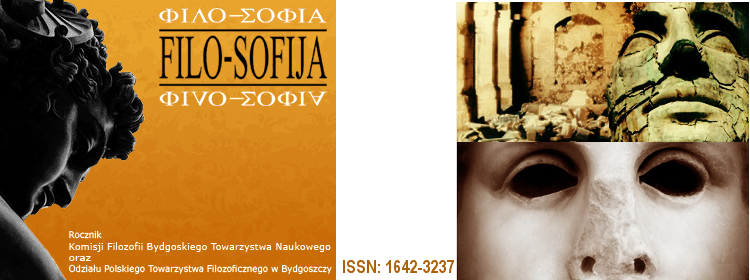Re-Orientacja jako dialog z widmami. Transmedialne przygody wspГіЕ‚czesnej sztuki tureckiej
Abstract
The paper poses the following question: how are transmedial and appropriative strategies in contemporary art applied in Turkey and abroad? The main focus is on the video works by Inci Eviner, Sarkis and Genco GГјlan.
For their hybrid nature, transmedial artworks are highly prone to generating heterogeneous meaning, which, in the cases that interest me, constitutes simultaneous references to both orientalization and westernization. This heterogeneity transpires at the level of form but also through the transcultural content and ghostly nature. In this context, so-called western art is to be viewed as a kind of mirror, understood, after M. Foucault, as a space between utopia and heterotopia, where one can be “reflected” in order to inquire about one’s own (artistic) identity. Thus, transmedial strategies enable to pose the questions about the vantage point from which one speaks, allowing a re- orientation at the same time.
For their hybrid nature, transmedial artworks are highly prone to generating heterogeneous meaning, which, in the cases that interest me, constitutes simultaneous references to both orientalization and westernization. This heterogeneity transpires at the level of form but also through the transcultural content and ghostly nature. In this context, so-called western art is to be viewed as a kind of mirror, understood, after M. Foucault, as a space between utopia and heterotopia, where one can be “reflected” in order to inquire about one’s own (artistic) identity. Thus, transmedial strategies enable to pose the questions about the vantage point from which one speaks, allowing a re- orientation at the same time.
PeЕ‚ny tekst:
PDFAdministracja Cytowania | Strony czasopism
